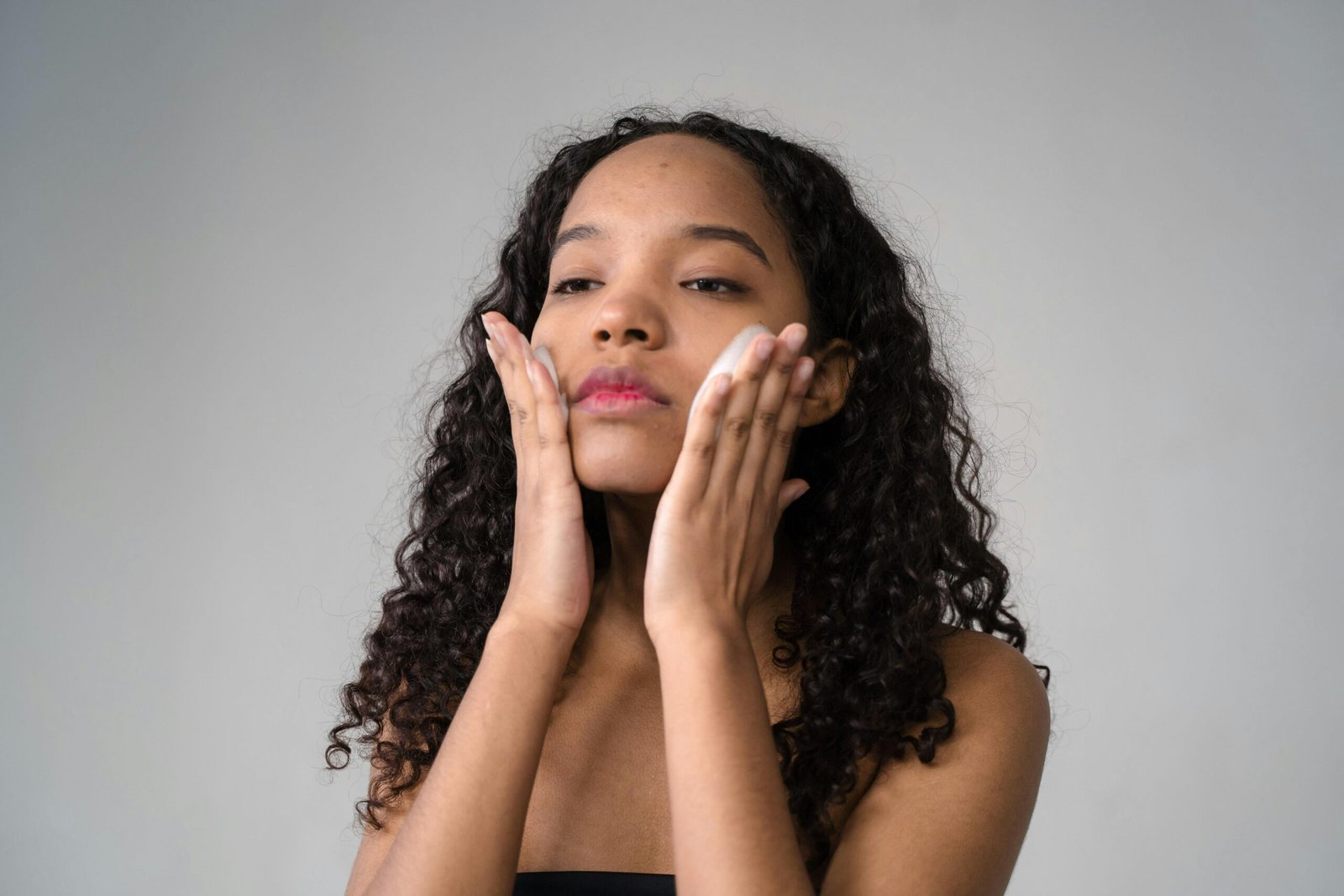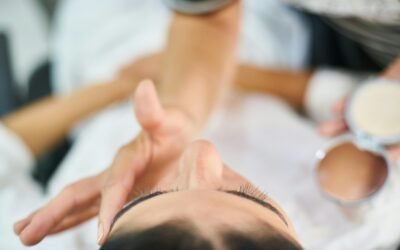When we think of clear skin, we often jump straight to skincare routines and products. But what if the real culprit lies deeper within – like your hormones? The main offender when it comes to acne is usually testosterone. While often labelled as the “male hormone,” testosterone plays a crucial role in both men and women, and when it’s out of balance, your skin can be the first to show signs. We’ll run through how testosterone affects skin health, how you can find out if it’s off balance and how to bring harmony to your hormones.
How Testosterone Affects the Skin in Men and Women
Testosterone influences sebum production, the oily substance that helps keep your skin moisturised. However, too much sebum (oil) can clog pores, and encourage the growth of acne-causing bacteria, leading to inflammation, breakouts and blackheads. Acne tends to be more common in teenage boys because of the rapid increase in testosterone during puberty. However, testosterone levels can still be off balance in adult women and men.
But imbalances in testosterone won’t just affect the skin. There are other signs and symptoms in both men and women:
Signs and Symptoms of High Testosterone
In Men:
- Oily skin and persistent acne on face, chest, neck or back
- Mood swings or irritability
- Fertility issues
In Women:
- Acne, especially around the jawline, chest, neck or back
- Excess facial and body hair (hirsutism)
- Irregular or absent menstrual cycles
- Thinning hair on the scalp
- Fertility issues
What Causes Testosterone Imbalances?
Now genetics will play a role in testosterone levels. But, there are other factors that can throw hormones off balance. And even if it is that your genetics are playing a role, there are still diet and lifestyle changes you can make to support your skin and hormones as much as possible. The following can cause imbalances in testosterone, which then might affect your skin:
Low Levels of Gut Bacteria
Your gut microbiome plays a significant role in hormone regulation, and there are links between low levels of good bacteria and increased levels of testosterone. In women with PCOS and raised levels of testosterone, I often see low levels of good bacteria in the gut.
Blood Glucose Issues
Insulin resistance can drive up testosterone levels, especially in women with PCOS (Polycystic Ovary Syndrome). Your gut microbiome can also influence metabolism and glucose regulation, which can then have a knock-on effect on your testosterone levels.
Nutrient Deficiencies
To create and balance hormones, your body actually needs a fair few nutrients. Lack of key vitamins and minerals like zinc, magnesium, and vitamin D can impair hormone balance. Making sure you’re eating enough protein and healthy fat is also key to balance testosterone for clear skin.
Chronic Stress
Elevated cortisol levels from stress can indirectly throw testosterone levels off balance by affecting other hormones in the endocrine system, such as insulin.
Blood test results came back as normal but still got symptoms of high testosterone?
Maybe you’ve brought your symptoms up to the doctor and they agreed to check your hormones. But to your shock, everything came back as normal. How can your hormones be normal when you’ve got all the symptoms of high testosterone? Here’s the thing:
- Optimal vs. Normal Ranges – Standard lab ranges are broad. You might fall within ‘normal’ but still be outside the optimal range for your body. When we’re focusing on optimal health and prevention, we’ll often look for tighter ranges to identify imbalances.
- Testosterone isn’t the Only Culprit – You have a few different androgenic hormones. Testosterone is one of them, and the main one discussed when it comes to acne. But DHT (dihydrotestosterone) is 3-5 times more potent than testosterone and often isn’t tested. High DHT can cause severe acne, hair loss, and oily skin even when testosterone appears normal.
- Did you get a full hormone panel? – Testing testosterone alone isn’t always helpful. As discussed above, there are other hormones that can give answers. Sex Hormone Binding Globulin should always be part of your hormone panel. This protein binds to testosterone, regulating how much of it is free (or ‘active’). Low SHBG means more free testosterone is available, which can cause symptoms even if total testosterone is normal. This is a common pattern in insulin resistance and women with PCOS.
How to Balance Testosterone for Clear Skin
I always say there are three steps to balancing your hormones. These are:
- Test your hormones to find out which ones are off balance, and by how much
- Find out why they’re off balance – check your blood glucose, stress, nutrient levels, and more
- Focus on the why. The key to hormone balance is correcting all the underlying imbalances that are affecting your hormones.
In clinic during our 1:1 sessions, we can get private testing done to check your hormones and all the underlying factors that could be holding you back from balanced hormones and clear skin. But generally, the following basics are good to get in place:
Support your gut
By eating a variety of fruits, vegetables, herbs, spices and grains to boost your good bacteria and get a diverse and healthy microbiome, which can help to support blood glucose and hormonal balance.
Balance your blood glucose
You can do this by making sure you’re eating enough protein, moving your body and getting enough sleep. If you’ve got PCOS, this really is key to helping to balancing your hormones.
Need some more help?
If you think you might have high testosterone, and it’s triggering your acne, the goal isn’t to just target testosterone. What we should be doing is understanding the bigger picture, identifying root causes, and using a holistic approach to restore harmony to your hormones. So yes, while you might benefit from spearmint tea and zinc supplements to help regulate testosterone – have you thought about why it might be high in the first place? That’s where ruling out underlying drivers like insulin resistance, gut issues, inflammation and cortisol levels can be useful.
If you’re ready to dive deeper, consider functional testing and get the skin results you deserve, get in touch.





0 Comments